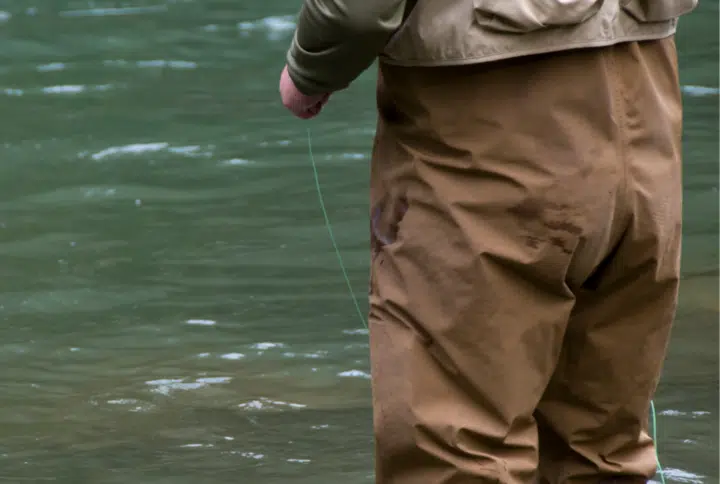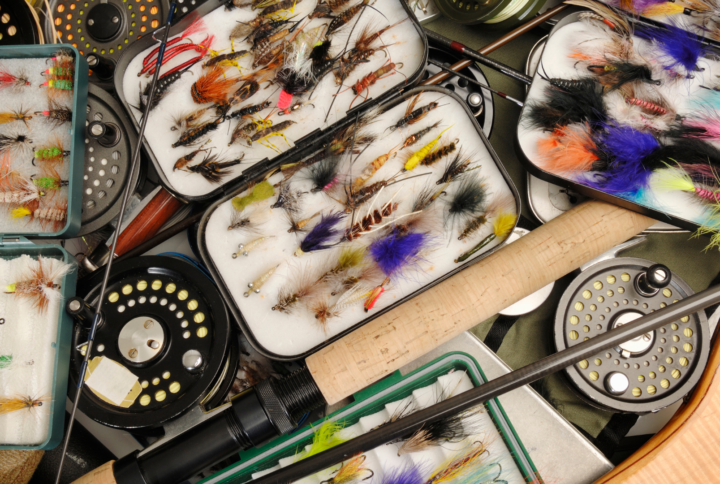Shaver's Fork River - Cheat Bridge - West Virginia
Fly Fishing River Report & Conditions
Shaver’s Fork River – Cheat Bridge - Water Flow Chart
Shaver’s Fork River – Cheat Bridge - Weather report & radar
Shaver’s Fork River – Cheat Bridge - General hatch chart
| Month | Hatch | Time of Day | Recommended Fly Sizes | Popular Fly Patterns |
|---|---|---|---|---|
| January | Winter Stonefly | Midday | #16-#20 | Black Stonefly |
| February | Winter Stonefly, Blue Winged Olive | Midday | #16-#20 | Black Stonefly, BWO Parachute |
| March | Blue Winged Olive, Little Black Stoneflies, Early Brown Stone | Afternoon | #14-#18 | BWO Parachute, Black Stonefly, Early Brown Stone Nymph |
| April | Blue Winged Olive, Quill Gordon, Hendricksons | Afternoon, Early Evening | #12-#18 | BWO Parachute, Quill Gordon Dry, Hendrickson Nymph |
| May | Sulphurs, Green Drakes, Brown Drakes, Gray Fox | Afternoon, Evening | #10-#16 | Sulphur Parachute, Green Drake Dun, Brown Drake Nymph, Gray Fox Dry |
| June | Sulphurs, Light Cahills | Afternoon, Evening | #14-#16 | Sulphur Parachute, Light Cahill Dry |
| July | Trico, Light Cahills | Morning, Evening | #16-#24 | Trico Spinner, Light Cahill Dry |
| August | Trico, Terrestrials | Morning, Midday | #16-#24 | Trico Spinner, Ant Patterns, Beetle Patterns |
| September | Blue Winged Olive, Terrestrials | Afternoon | #16-#20 | BWO Parachute, Ant Patterns, Beetle Patterns |
| October | Blue Winged Olive, Isonychia, October Caddis | Afternoon, Early Evening | #12-#20 | BWO Parachute, Isonychia Nymph, October Caddis Pupa |
| November | Blue Winged Olive, Midges | Afternoon | #18-#22 | BWO Parachute, Midge Larva |
| December | Winter Stoneflies, Midges | Midday | #16-#22 | Black Stonefly Nymph, Midge Larva |
Shaver’s Fork River – Cheat Bridge Access Points
- Stuart Recreation Area: A public ground with easy access to river banks and crystal-clear pools. Teeming with trout, it’s a hotspot for fly fishers.
- High Falls area: Reachable by the West Fork Trail. Be prepared for a decent hike but with the reward of outstanding fly fishing opportunities.
- Cheat Bridge Area: Accessible right off Route 250. Offering a mix of deep runs and shallow riffles, it’s particularly abundant with brown trout.
- Bowden Fish Hatchery: Follow the Shavers Fork upstream from this point for excellent spots, prized by seasoned anglers for larger catch.
Shaver’s Fork River – Cheat Bridge Fishing Spots
- High Falls: A secluded, tranquil spot a short hike away from roadside parking. Its pool below the waterfall is teeming with trout. Avoid peak hours to have the spot to yourself.
- Bowden Fishing Area: Located right downstream of the confluence with Glady Fork, it holds brown, rainbow and brook trout toothy critters. Anglers will need to use slightly bigger hook sizes.
- Bemis Area: This location, downstream of High Falls, is a mix of pocket water, runs and pools holding decent sized trout. The Waters are frisky and clear swimming bigger browns and rainbows.
- Stuart Campground: Fly fishing upstream of Stuart provides access to several miles of public, easy-wading water. This spot is especially good in summer and fall.
- Cheat Bridge: This area is known for its deep pools that house larger trout. It’s a popular spot, so arrive early.
Shaver’s Fork River – Cheat Bridge Local Fish Species
- Brook Trout: The native fish to West Virginia, a long-time favorite for fly fishermen.
- Brown Trout: Commonly found across the Shaver’s Fork River, will take a wide variety of fly patterns.
- Rainbow Trout: Known for their fight, these fish can be a real challenge to land.
- Smallmouth Bass: A great sport fish, they are known for their impressive leaps and hard-fighting ability.
- Sunfish: While not as big as some of the other species, their aggressive nature makes them fun to catch.
- White Sucker: They are bountiful in the Shaver’s Fork River and provide a consistent game for fly fishers.
- Golden Trout: Not naturally occurring to the area but stocked by the West Virginia Division of Natural Resources. They are beautiful and sought after by many anglers.
- Cutthroat Trout: A lesser-known species, but some can still be found in the deeper pools of the river.
About the Shaver’s Fork River – Cheat Bridge
The Shaver’s Fork River, most notably at its crossing at Cheat Bridge, presents a scenic and historical treat for any outdoor enthusiast. Shaver’s Fork, originating from the high mountains of north central West Virginia, is renowned as one of the longest rivers in the Monongahela River watershed.
Its history is deeply intertwined with the railroad industry. Cheat Bridge, a significant point along the river, found prominence in the 1880s as a thriving railroad community. Its vestiges remind us of the steam engine era.
- 19th century: Arrival of the railroad.
- Early 20th century: Rise as a logging community.
- Present: Popular destination for trout fishing, camping and hiking.
Whether you’re a history buff, a nature lover or an angler, the Shaver’s Fork River – Cheat Bridge area offers a delightful blend of natural beauty, history and outdoor adventures.
Community Contributions
Be part of the fishing community!
No updates submitted for this river.



